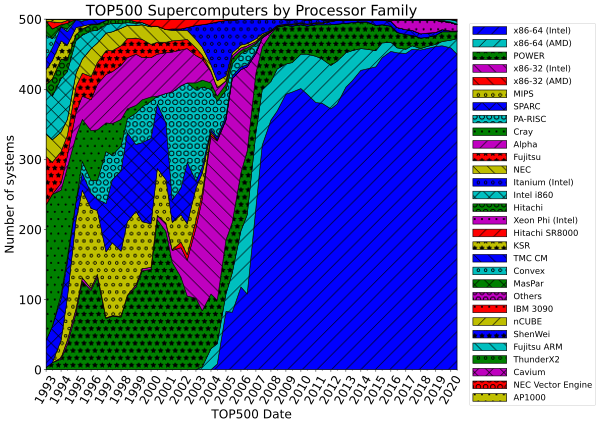Originally posted by MadeUpName
View Post
So, if NVMe completely replaces SATA, I think there would be some real downsides to that. However, I can see your point that it enables bigger drives and HDDs with Optane/NAND cache.


Leave a comment: